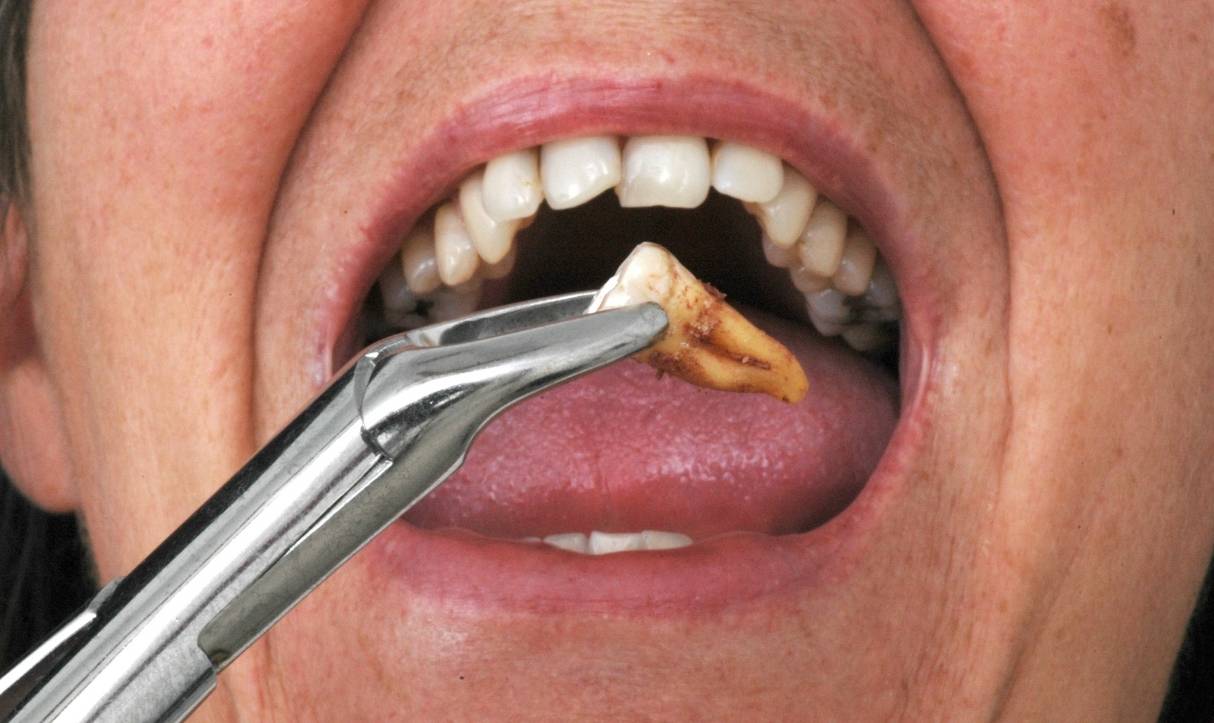332 North York St., Elmhurst, IL 60126

Tips for Managing Pain and Recovering After a Tooth Extraction
The idea of getting a tooth pulled can put you under stress. However, the advancements in dental technology have made this dental procedure pretty painless. Dental professionals highly recommend tooth extraction for various purposes. Whether it is your wisdom teeth or another extraction type, you probably will feel some discomfort once sedation is off.
You will face some discomfort, which is normal after your tooth extraction. For that, you should not be worried. Often, this is a sign that your body is starting to heal. Below are some most common types of pain you can get after a tooth extraction.
- Tenderness
- Jaw or neck tightness
- Throbbing at the extraction site
- Headache or pain around your temples
- Sore throat
- Gum swelling or sensitivity.
There are certain things that can help you manage uncomfortable symptoms once you are at home. This guide will let you know about those things.
How to Manage Pain and Recover After a Tooth Extraction?
Here are some steps you can follow to relieve uncomfortable symptoms such as general discomfort or gum pain if you have had your tooth extracted.
You Can Minimize the Swelling with Ice
When your body’s immune system gets to work, you may experience swelling around the wound. You can apply an ice pack against your cheek above the pain site for a few minutes. It will constrict blood vessels. Moreover, it will limit blood flow and minimize swelling. Ice helps numb the ache.
Taking Special Care of the Wound Site is Vital
After oral surgery, blood clots naturally form. This is how your body stops the bleeding. It will prevent infection as well as limit irritation. You must take special care of the wound site. It will help avoid displacing the blood clot. If you ignore this step, it might cause a dry socket.
When you go home after tooth extraction in Elmhurst, your dentist will offer you special instructions to help the healing process, including carefully brushing your teeth, cleansing with a saltwater solution, changing the gauze dressing, and having the option for a chlorhexidine mouthwash instead of a toothbrush.
You Can Eat Soft Foods
Soft foods are capable of easing pain and ensuring the extraction site is not irritated. Therefore, you should not rush back to your everyday eating habits. Make sure you avoid salty, spicy, or crunchy foods. Instead, you must cling to a soft diet such as soup, mashed potatoes, pudding, yogurt, smoothies, Jell-O, etc. It is to be stated that you can add other soft foods, such as rice, cooked veggies, etc., after a couple of days.
Taking Oral Painkillers Will Be Beneficial
Your dentist may prescribe oral painkillers after a tooth extraction. If you take the suggested medications, you will get a more painless recovery. You will find some over-the-counter pills like naproxen or ibuprofen to alleviate the pain. These NSAIDs or nonsteroidal anti-inflammatory drugs minimize inflammation and the associated discomfort.
If you want to get a tooth extraction, contact our dentist. Our professionals will guide you on the steps to follow after tooth extraction that can help you with faster recovery.


